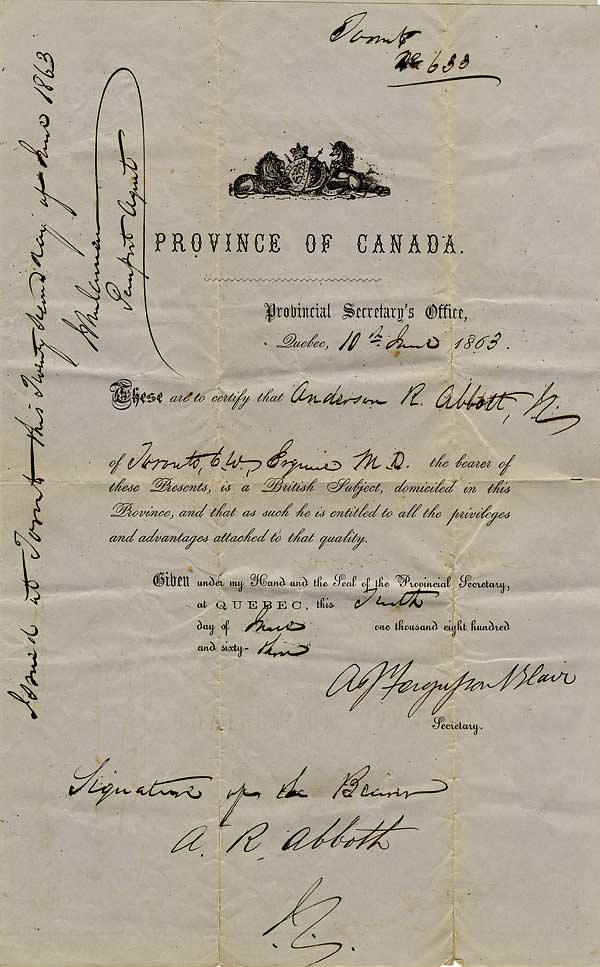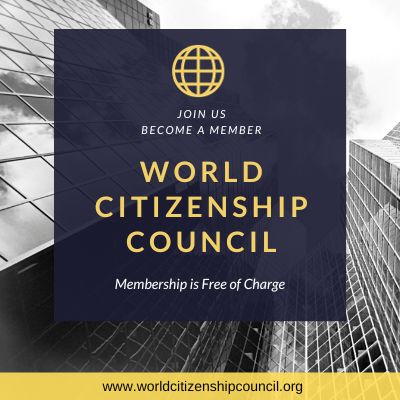The first Canadian passports were issued in 1862, following the outbreak of the American Civil War, when the United States demanded more secure identification from Canadians wishing to cross the border.
Canadian passports took the form of a “Letter of Request” from the Governor General of Canada. These documents remained in use until, in 1915, Canadian passports were first issued in the British format, a ten section single sheet folder. Today’s Canadian passports still carry such a letter of request. Inside the front cover is a letter issued in the name of Her Majesty the Queen. Like Nehemiah’s letter, it also asks for safe passage and protection for the holder of the passport.
The story of the Canadian passport is entwined with Canada’s history, both as a colony of Great Britain and as a neighbor of the United States.
1862
Before 1862, Canadians, as British subjects, could travel freely to and from the United States without passports. To travel to Europe, however, a Canadian had to obtain a British passport from the Foreign Office in London. Those who were not British subjects by birth could still go to the United States with a certificate of naturalization, which was issued by local Canadian mayors mainly for the purposes of voting in municipal elections.
During the American Civil War, however, authorities in the United States wanted more reliable certification from people living in Canada. In 1862, the Governor General, Viscount Monck, introduced a centralized system for issuing passports. For the next 50 years, a Canadian passport was really a “letter of request” signed by the Governor General.

1878
It is difficult to trace the history of Canadian passports in the first few years after Confederation because so few were issued. The financial statements of the Secretary of State in 1878 record an annual passport revenue of $50. Since passports then cost $1 each, we know 50 must have been issued. Over the next few years, annual revenues varied between $35 and $50.
In those early years, passports were issued as single-sheet certificates and stamped with the official seal.
1915
In 1915, Canada switched to the British form of passport, a ten-section single sheet folder printed in English only.
The modern form of the Canadian passport came about in 1921. At that time, Canadians were British subjects, and Canada shared a common nationality with the United Kingdom; thus, Canadian passports were issued to those British subjects resident in or connected to Canada. This arrangement ended in 1947, when the Canadian Citizenship Act was granted Royal Assent and the designation of Canadian citizenship was created. Beginning in July the following year, Canadian passports were issued to Canadian citizens only.
1920
A series of international passport conferences (1920, 1926 and 1947) led to a number of changes to the Canadian passport. The 1920 conference recommended that all countries adopt a booklet-type passport, which Canada began issuing in 1921. Another recommendation of 1920, that all passports were to be written in at least two languages, one of which was to be French, led to the first bilingual Canadian passport in 1926. The 1920 conference also recommended that passports should be valid for at least two years and preferably for five. It is interesting to note that, since 1919, Canadian peacetime passports were already valid for five years, with the possibility of a five-year extension.
1936
In 1936, Canada issued a Special passport (‘Vimy Passport’) for the purpose of attending the 1936 Vimy pilgrimage. Around 6,000 such passports issued. Today these passports are rare.

1947-1970
Between 1947 and 1970, Canadians could only apply for passports by mail to Ottawa. Requirements were very simple, and applicants claiming birth in Canada did not have to provide proof. However, within a few years, the increased number of lost and stolen passports pointed to the need to tighten requirements. This need was reinforced by the escape of James Earl Ray, the assassin of Martin Luther King Jr., using a fraudulently-obtained Canadian passport.
The Royal Commission on Security in 1969 recommended much more stringent application requirements. It also supported plans to open Passport Canada offices across Canada for better service to the public. In 1970, three Passport Canada offices opened—in Montreal, Toronto and Vancouver—to accept and process applications submitted in person.
There are now 34 offices across Canada, which process more than 70 per cent of the over 4 million Canadian passports issued each year.
1985
Machine-readable passports, introduced in Canada in 1985, meet the standard set by the International Civil Aviation Organization (ICAO). The new format was smaller, and the bearer’s personal information, photograph and passport details were laminated to prevent tampering. In the special machine-readable zone, personal information and passport details were repeated in a format that could be scanned at checkpoints.
1991
In 1991, additional security features were built into the Canadian passport and more stringent processing requirements were put in place. By 1993, a new style of passport was introduced that contained unique features to prevent replication or alteration.
In order to protect the integrity of the passport and to remain current with international security technology, Canada is a regular participant at ICAO conferences and is recognized as a leader in technological developments in passport design and processing systems.
At the turn of the century, Passport Canada invested in new technology to modernize its operations and create a more secure passport that was introduced domestically in 2002 and abroad in 2006. This passport featured a digitally printed photo of the bearer embedded into the identification page of the booklet, holographic images, and a second hidden photo of the bearer that could only be viewed under ultraviolet light.
2013
On July 1, 2013, Passport Canada started issuing a new, even more secure electronic passport, known as the ePassport. This new-generation passport has an electronic chip embedded in the book to provide greater protection against fraud and tampering, and contribute to domestic and international travel security.
From its simple beginnings as a letter of safe conduct, the passport has become the single most important international identity document a traveller can carry.
Today Canadian passport is one of the most powerful passports in the world, ranked sixth with visa free access to 185 countries.





